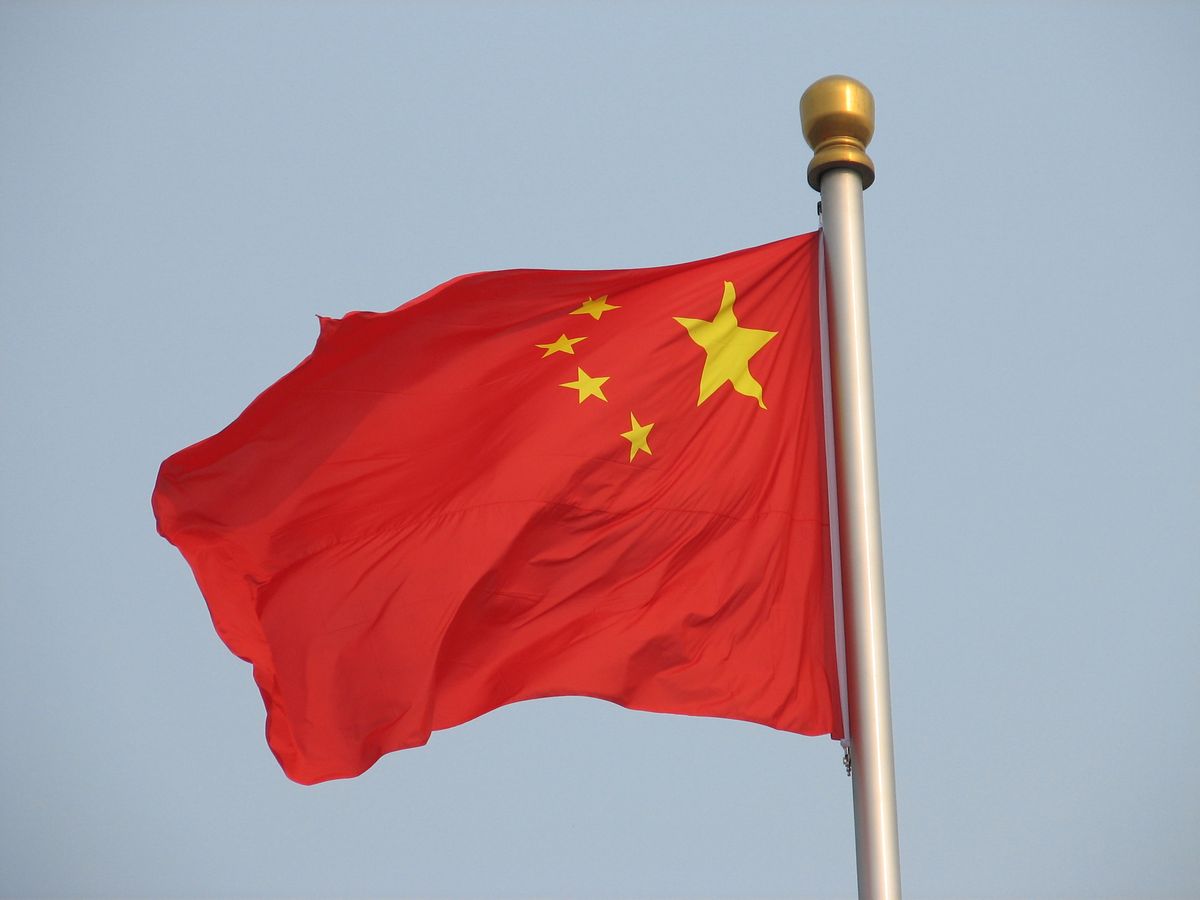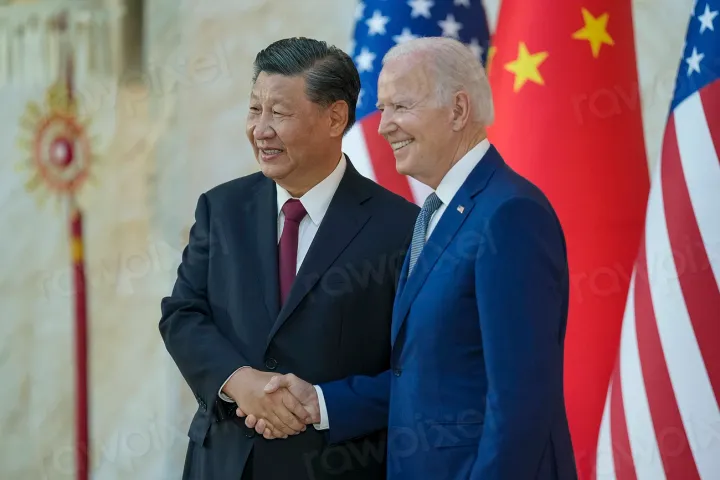US Sees Steep Drop in Imports from China to Lowest Levels

The Lede: China's share of low-cost imports to the United States from Asia is expected to dip below 50%, as Western companies seek alternative sources amid geopolitical turmoil.
What we know:
- A recent report by Kearney, a leading management consulting firm based in Chicago, has revealed that the United States' ongoing efforts to decrease its dependence on China, coupled with consumer sentiment, are leading to a shift in trade patterns towards more affordable alternatives in Asia. The findings come from Kearney's annual reshoring index, highlighting the changing dynamics of global trade.
- According to Kearney’s report, China's share in the market continues to decline, despite a rise in absolute dollar value. In the realm of manufactured goods, Chinese imports constituted 50.7% of the United States imports from Asian countries in the previous year, indicating a notable decrease from the nearly 70% recorded in 2013 and 65% in 2018, Kearney reported based on U.S. trade data.
- While Chinese exports have declined, imports from Mexico have grown drastically in the last two years, creating an alternative location for companies looking to expand their presence outside China.
- The United States has also witnessed a significant increase in imports from Vietnam, from 5.8% in 2018 to 11.8% in 2022. Countries such as Taiwan, India, and Malaysia have also emerged as substantial contributors to the growing share of Asian products consumed in the U.S. in the last five years.
- As imports from China declined, reports show that most of the products sourced to the U.S. from China could be found elsewhere, with some exceptions of chemical and related goods.
The background: China’s share in low-cost Asian imports began to decline in 2013, but the Trump-era tariffs accelerated the trend in the last five years. Under the Biden administration, the process of decoupling has gained momentum, primarily influenced by concerns over issues like the semiconductor conflict and China's relationship with Taiwan, which has prompted a focus on economic security. Factors such as labor shortages, increasing wages, rising costs in China, growing concerns over intellectual property theft, forced technology transfer, and cybersecurity also contributed to the shift. Western companies have been actively trying to reduce their reliance on Chinese manufacturing. These factors, combined with geopolitical tensions and human rights concerns, have created a more complex and challenging environment for U.S.-China trade relations.
Likely outcomes/Takeaway:
- It’s likely U.S. companies will continue to reduce their imports of Chinese goods, potentially reaching the lowest levels seen in over a decade. This shift reflects a combination of political, economic, and strategic factors driving them to seek alternative sourcing options in Asia and beyond, “heading toward a sustained reshoring movement.”
- The decline also indicates that there might be a change in U.S. consumer sentiment, encouraging Americans to buy locally-manufactured products instead of imported goods.
- U.S.-China trade will likely maintain the momentum of the trend, shaping the future of global trade dynamics.
Quotables:
- “Re- or nearshoring creates a window of opportunity to challenge today’s activities across the entire value chain... The reshoring starts have finally aligned thanks to a potent mix of shifting consumer sentiment, increased scrutiny on companies, ESG stances, government incentives, and improvements in automation that help close labor gaps.” – Kearney report.
- “The disentangling of the two economies has led to critical manufacturing coming home and a shift in imports from China to the Association of Southeast Asian Nations, India, and Mexico." – March report from Morgan Stanley.
Good Reads:
What Exactly Does Washington Want From Its Trade War With Beijing? (Carnegie Endowment for International Peace)
China set to account for less than half of US’s low-cost imports from Asia (Financial Times)
Tesla Announces Megapack Battery Factory in China Despite De-Coupling Trend (China Paper)



